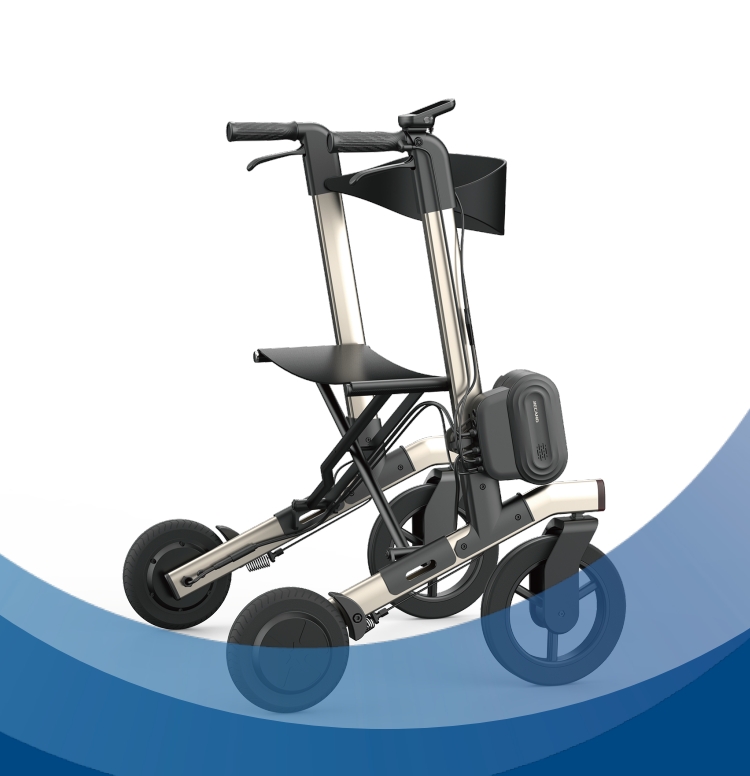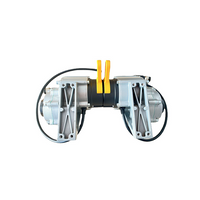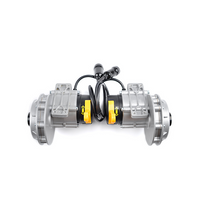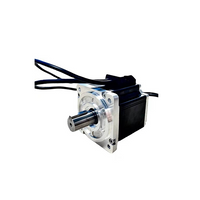- Home
-
- TF Integrated Workstation
- TT Integrated Station
- TS Single-Person Station
- TO Single-Person Station
- Advanced Office Table
- Manager Table
- Odette Conference Table
- Lifting White Board
- Lifting Podium
- Working Port
- Zen Standing Desk
- Lifting Coffee Table
- Home Standing Desk
- Nature Standing Desk
- Invictus Gaming Desk
- Study Desk
-
-
- Electric Hospital Bed
- Image Equipment
- Examination Bed/Clinic Bed
- Operation Table and Chair
- Infant Incubator
- Independent Weighing System
- Home Care Bed
- Patient Lift
- Wheelchair
- Toilet Lift
- Bath Lift
- Shower Trolley
- Smart Rollator
- Ophthalmic Workstation
- Treatment Chair
- Facial Chair
- Traction Table
- Massage Chair
- OT Training Equipment
- Stand-up Application
- Rehabilitation Robot
-
-
- Photovoltaic Application
- Photothermal Application
- Energy Storage Container
- Tractor
- Seeder
- Fertilizer Spreader
- Harvester
- Rotary Cultivator
- Climate Control System
- Automatic Feeding System
- Excavator
- High Altitude Work Platform
- Garbage Truck
- Street Sweeper
- AMR Automated Guided Vehicle (AGV) and Autonomous Mobile Robot (AMR)
- Forklift Accessories
- Palletizing Collaborative Robots
- Packaging Machine
- Mobile Light Tower
-
-
Make Full Use of Rollator Walker in Modern Hospital Mobility Solutions
Views: 0 Author: Site Editor Publish Time: 2025-07-02 Origin: Site
In today’s rapidly advancing healthcare industry, the importance of effective, comfortable, and patient-centered mobility solutions cannot be overstated. Among the many innovations transforming hospital environments, the Rollator Walker stands out as a vital tool in patient rehabilitation, elderly care, and overall mobility support. No longer confined to home use or outdoor strolls, the Rollator Walker has now become an integral asset in hospitals and rehabilitation centers worldwide.
Why Hospitals Are Choosing the Rollator Walker?
Hospitals are increasingly turning to the Rollator Walker as a reliable and versatile mobility aid. Unlike traditional walkers, rollators come equipped with wheels, brakes, and seats, offering stability and convenience for patients with varying needs. A Rollator Walker for seniors, in particular, helps reduce the risk of falls and encourages safe, independent movement within hospital corridors.
Brands like Drive Rollator Walker, VOCIC Rollator, and ELENKER Upright Walker are commonly found in hospital storage rooms, ready to assist patients from post-surgery recovery to daily physical therapy sessions. Hospitals also appreciate the added convenience of the Rollator Walker with seat, which allows patients to rest during longer walking sessions, promoting both safety and confidence.
Rollator Walker Variants for Specialized Hospital Use
Hospitals serve a diverse patient population, requiring various types of rollators to meet specific needs:
Rollator Walker Transport Chair Combo: For example, the smart rollator walker JC35LT5 product, perfect for patients transitioning between walking and needing transport assistance. Nurses can quickly convert it from a walker to a wheelchair-like transport chair, saving time and minimizing strain.

Rollator Walker with Footrest: This advanced hybrid design offers greater support for semi-ambulatory patients. Especially in orthopedic wards or recovery units, it can reduce the need for multiple devices.
Rollator Walker with Seat: A staple in every rehabilitation unit, this design provides built-in rest stops for post-operative patients gradually regaining stamina.
In high-demand regions such as Rollator Walker Australia and Rollator Walker Malaysia, hospital procurement departments focus on durable models suited for local climates and building layouts. Meanwhile, in the U.S., options like Walmart Rollator provide hospitals with cost-effective models for temporary or high-turnover usage.
Integration into Rehabilitation Programs
Rehabilitation therapists often use the Rollator Walker to guide patients through structured walking routines. Whether recovering from hip replacement surgery, a stroke, or long-term deconditioning, the Rollator Walker allows therapists to tailor progressive exercises that gradually increase a patient’s mobility. The Rollz International bv rollators are frequently praised for their ergonomics and ease of control, making them a top choice in therapy departments.
Moreover, in large facilities, access to a Rollator Walker nearby is crucial for efficiency. Some hospitals maintain dedicated mobility closets, while others collaborate with a Rollator Walker repair shop to keep their fleets in top condition. This approach minimizes downtime and ensures every patient has access to a functioning device when needed.
Rollator Walkers for Long-Term Care and Geriatric Wards
In geriatric wards and long-term care facilities housed within hospital campuses, the Rollator Walker for seniors becomes even more essential. Seniors benefit from enhanced stability, easy-to-use hand brakes, and cushioned seats. The presence of trusted models like the Drive Rollator Walker or ELENKER Upright Walker has been shown to increase resident participation in group activities, physical therapy, and self-care routines.
Maintenance and Customization in Clinical Settings
Because hospital equipment sees frequent use, maintenance is a key factor. Many institutions partner with a Rollator Walker repair shop for regular checkups and quick repairs. Rollators used in hospitals often include additional features like IV pole attachments, oxygen tank holders, or storage baskets for personal belongings—customizations that support patient autonomy.
Hospitals in Rollator Walker Australia and Rollator Walker Malaysia markets have also pushed for rollators that can withstand frequent disinfection and adapt to multilingual label requirements. These region-specific upgrades ensure compliance with local health and safety standards.
Conclusion
Behind every reliable Rollator Walker in hospitals is a carefully engineered mobility system. Companies like Jiecang, a global leader in intelligent motion solutions, provide the linear actuators and electric drive systems that enable adjustable, smooth, and safe motion for advanced rollator models. Their technology ensures not only durability and comfort but also compliance with clinical safety standards—making them a preferred partner for hospital equipment manufacturers around the world.
As healthcare continues to evolve, the Rollator Walker remains a symbol of mobility, dignity, and recovery. From the busy corridors of rehabilitation centers to the quiet hallways of long-term care wards, it supports patients in every step toward better health.
Rollator Walker FAQs:
1. Why are Rollator Walkers preferred over traditional walkers in hospitals?
Rollator Walkers offer greater mobility and convenience compared to standard walkers. With features like wheels, hand brakes, and built-in seats, they enable patients to move more freely and safely. Hospitals favor them for rehabilitation and elderly care due to their stability, ease of use, and adaptability.
2. What types of Rollator Walkers are commonly used in healthcare settings?
Hospitals use a variety of models, including the Drive Rollator Walker, Rollator Walker with seat, and Rollator Walker transport chair combo. Each serves a specific purpose, from assisting post-surgery patients to offering transport options. Models like Rollator Walker with footrest are also used for patients needing partial support or resting positions.
3. How do hospitals maintain and repair Rollator Walkers for frequent use?
Many facilities partner with a Rollator Walker repair shop to ensure all devices are functional and safe. Regular maintenance includes checking brakes, wheels, and frames. Hospitals often keep a supply of Rollator Walkers nearby to ensure availability and minimal disruption in patient care.
Related Articles
QUICK LINKS



























